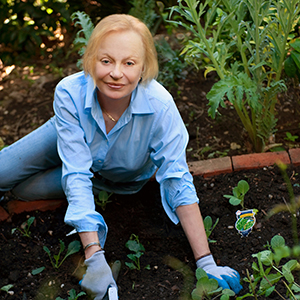 Enlarge Cover
Media/Desk Copy Request
Enlarge Cover
Media/Desk Copy Request
The Safe Food Handbook is an essential guide for everyone, especially those most vulnerable to unsafe food—pregnant women, older adults, young children, those with serious health conditions—and anyone who cooks for them. Dr. Heli Perrett provides clear guidance on how to:
- Recognize the riskiest foods and places to eat
- Protect yourself from dangerous microbes like E.coli and Salmonella
- Reduce toxins that build up in your body
- Learn which corners you can cut—and which you shouldn’t
- Enjoy your favorite foods without hurting your health or your budget
Helpfully organized by food group, The Safe Food Handbook demystifies the perils in our food—infectious bacteria, deadly molds, hormones, antibiotics, toxins, irradiation, and even wax on produce. Risks lurk in . . .
Fruits and Vegetables • Fish and Shellfish • Meat and Poultry • Dairy • Eggs • Grains, Legumes and Nuts • and even Herbs and Spices
. . . but Dr. Perrett answers your questions on shopping (“What exactly does this label mean?”), eating out (“What should I avoid in restaurants?”), and food preparation and storage (“How long can I save these leftovers?”)—so you don’t have to worry. You’ll have the inside story on what’s really in your shopping bag—and on your fork.
“Perrett writes in a manner that clears the fog of claims surrounding food risks and safety. This book will be an eye-opener for anyone who has had questions about food safety.”
—Library Journal
“The overburdened, understaffed agencies that are supposed to inspect and eliminate contaminated food in the United States cannot do an adequate job since most of our edibles are imported. The best protection against unsafe food, therefore, is our own knowledge. Dr. Perrett presents well-balanced, solid information about foods we may choose to eat. She answers many frequently asked questions about prepackaged food, organic products, and what precautions to take with dishes such as sushi and raw beef. She even answers questions readers may not think to ask such as how to avoid distasteful, contaminated spices.”
—Ruth Winter, MS, author of A Consumer’s Dictionary of Food Additives


